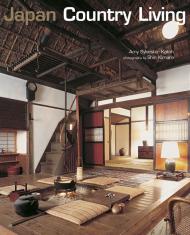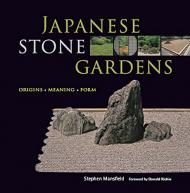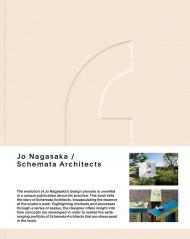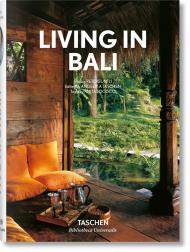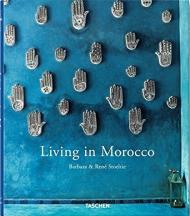Nippon Nests. Today’s most exceptional Japanese homes
Japanese homes are refuges of tranquillity, crafted in a unique domestic aesthetic of Eastern minimalism. Traditional architecture features alongside cutting-edge contemporary dwellings in this collection of homes, with many never-before-seen photographs. Turn to the rising sun and discover the fluid simplicity of these spaces where Zen philosophy breathes.
So rich and unique is traditional Japanese architecture that it’s nearly impossible to improve upon. Yet contemporary Japanese designers and architects keep finding fresh approaches to refurbish and take inspiration from the ways of old. Whether it’s a pristinely preserved traditional house or a sleek modern apartment, the best Japanese homes share a love of cleverly designed spaces and warm materials like wood, brick, and bamboo.
From a thatched roof farmhouse occupied by a Zen priest to Tadao Ando’s experimental 4x4 House, from Shigeru Ban’s conceptual Shutter House to a beautiful domestic homage to bamboo, this elegant compendium traverses the multifaceted landscape of Japanese living today.
Enriched by 170 brand new, unpublished photographs, this re-edition takes you on breathtaking journey through the Land of the Rising Sun — complete with a list of addresses, should you wish to undertake this journey to Japan’s most fascinating inns and homes yourself. An insightful glossary of key terms, such as tatami, shoji, and noren, will also help you come to grips with all elements of Japan’s unique aesthetic of Eastern minimalism.
The photographer:
Swiss photographer Reto Guntli, based in Zurich, regularly travels the world shooting for international magazines. He has published numerous books and contributed to such TASCHEN publications as Inside Asia, Living in Japan, Living in Bali, Great Escapes Asia and Great Escapes Europe.
The authors:
Author, art collector, calligrapher, and restorer of old houses, Alex Kerr has lived in Japan and Thailand since 1964. As a writer, he is known for Lost Japan (1996), Dogs and Demons (2001), and Another Kyoto (2016).
Kathy Arlyn Sokol is a writer, interviewer, and award-winning narrator. Her published works include Rasta Time, based on her exclusive interview with Bob Marley, and Another Kyoto, co-written with Alex Kerr, on the secrets of the ancient city. She presently resides in Udaipur in Rajasthan, India.
The editor:
Angelika Taschen studied art history and German literature in Heidelberg, gaining her doctorate in 1986. Working for TASCHEN from 1987, she has published numerous titles on art, architecture, photography, design, travel, and lifestyle.
About the series:
Bibliotheca Universalis — Compact cultural companions celebrating the eclectic TASCHEN universe at an unbeatable, democratic price!
Since we started our work as cultural archaeologists in 1980, TASCHEN has become synonymous with accessible, open-minded publishing. Bibliotheca Universalis brings together more than 100 of our all-time favourite titles in a neat new format so you can curate your own affordable library of art, anthropology, and aphrodisia.
Bookworm’s delight — never bore, always excite!
